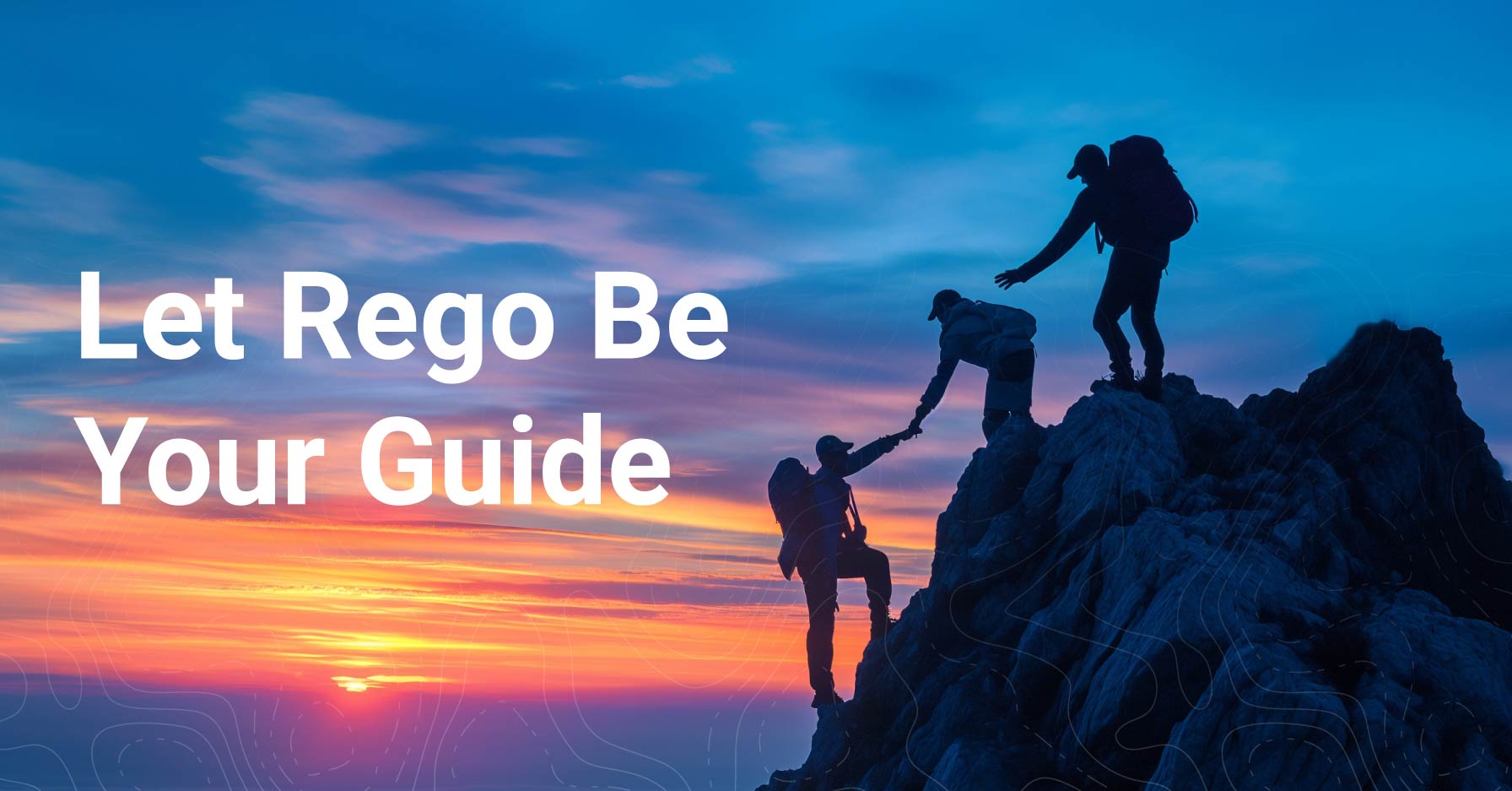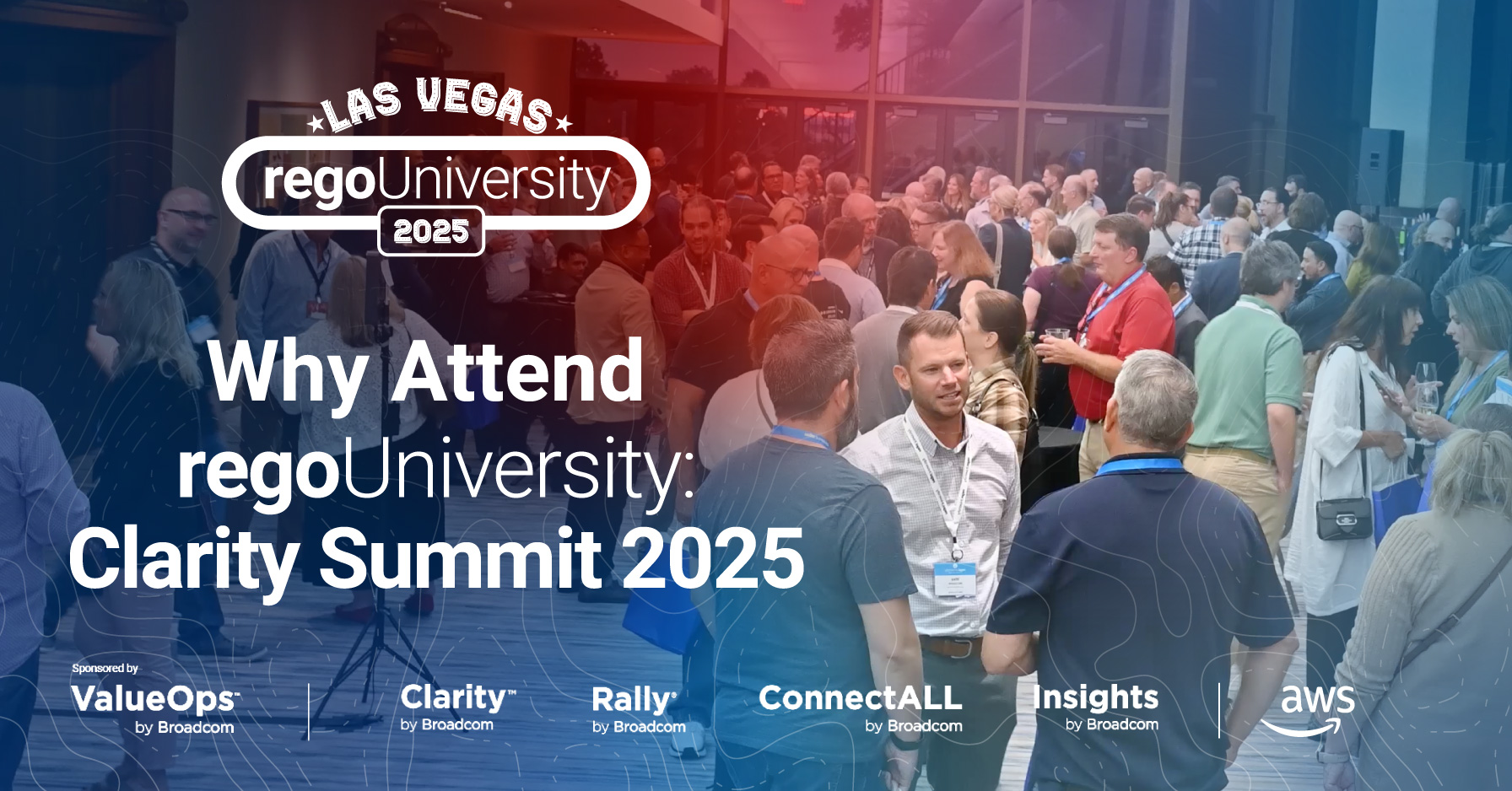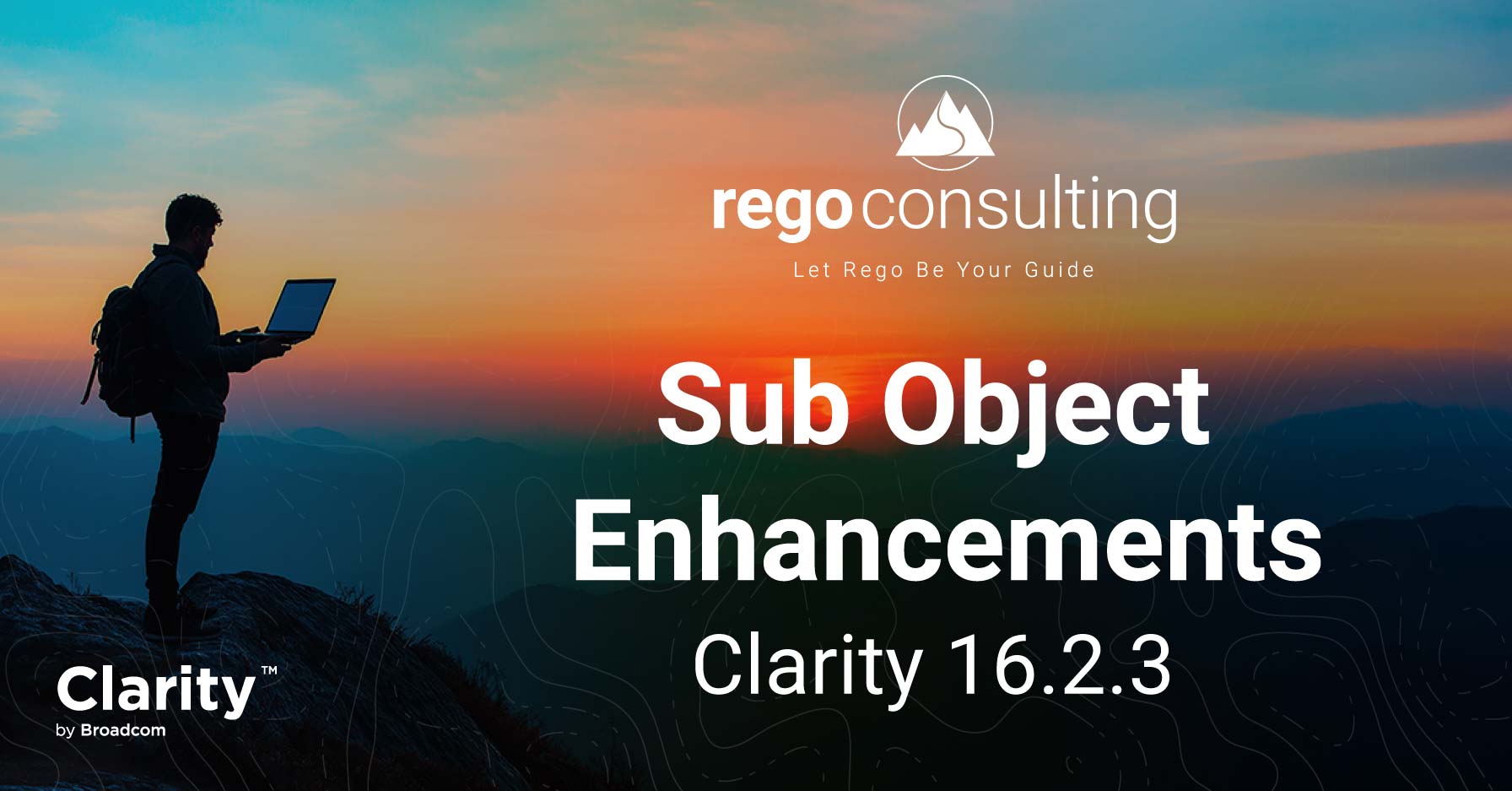
1. Create One Transparent List
You’d be surprised by how many organizations don’t have a single list of all the work being considered. A single list provides transparency, allowing stakeholders to understand opportunities and weigh in on constraints. It also helps everyone see if there are too many projects being moved forward, if there are contradictory projects, or outliers that don’t tie to the organization’s overarching goals.
Having a single list is especially helpful if you have siloed business units, are scaling, or dealing with mergers and acquisitions (M&A). In these situations, different groups may be spending time and money solving the same problems, without easily seeing opportunities for alignment and coordination.
2. Consider Vetting Ideas First
Some organizations crowdsource their project ideas from multiple business units and groups. In these situations, it may be helpful to include an initial step to weed out duplicate and unaligned ideas before they enter your full intake list. Having a gatekeeper, like a business unit leader, vet their team’s ideas first can save everyone time, reduce waste, and make it easier to sort through the viable ideas that formally enter the intake process.
As you develop your intake process, consider how and when an idea can be entered into your tool for consideration. Socializing this process throughout the organization is key.
3. Define Your Intake Process
Is your intake process clear? If not, make sure to formalize the process so that everyone is on the same page. Regardless of your organization’s size, maturity, and industry, there are key areas that should be defined.
Focus on answering key questions:
Organizations often struggle with developing the criteria for moving work forward. Too little information can result in work being approved that doesn’t align with strategy, exceeds financial, capacity, or other constraints, or doesn’t provide solid value. Too much complexity can impact time to value, and can make the process itself be perceived as an obstacle to be avoided.
4. Keep it Simple
Another pitfall that businesses fall into is trying to create a perfect process, evaluating everything and consulting with everyone. In some cases, depending on your industry, it may make sense to require a lot of data. And that is totally okay!
But for most organizations, simplifying the process will help decrease your time to value. Intake should be lean and nimble whenever possible. Focus on the evaluation of “Why,” rather than detailed estimations of “Who,” “When,” and “How Much.” You should try to collect as little information as possible to make a continue/cancel decision.
As you simplify your process, look for how you can cut non-value adding steps. This saves time, helps everyone deliver value faster, and ensures everyone is focused on the most important work.
5. Measure by Value
What are your organization’s overarching goals? How does leadership define value? Your organization’s goals can extend beyond financial returns to include anything from customer satisfaction to social or environmental impact, to growth, and more. For example, if you are in healthcare, you may be trying to treat patients quickly.
When evaluating which projects to move forward, your measuring stick should extend beyond financials, to include what produces the most value and supports those overarching goals. The way that each business defines and prioritizes value is different, and it can change over time – so it is important to ensure your process evolves with changing priorities.
As you develop your intake process, think about evaluating how each project aligns with your organization’s overarching goals. We have worked with many businesses who use Objectives and Key Results (OKRs) to align and measure projects/initiatives against those goals. Using a framework like OKRs can help you better prioritize, measure by value, make decisions on which ideas to move forward, and evaluate your outcomes.
6. Have a Feedback Loop
Using an OKR framework can help demonstrate how projects align with your company’s overarching goals. They also clearly define the Objective of the project and allow you to continuously measure if it is delivering, using well-defined Key Results. And, because Key Results are evaluated on a regular basis, this helps everyone gain continuous feedback.
Most companies don’t do benefit analysis to see if projects are delivered as promised. But having a feedback loop and regular reviews to evaluate the value of your initiatives is critical. It helps you prioritize the right initiatives going forward.
Having a continuous feedback loop also fosters an environment of incremental improvement and learning. It can help drive better engagement and visibility between requesters and delivery teams, as well as help you refine for the future.
7. Consider a Product Funding Model
If your organization is struggling with prioritization, unalignment, political pressure to fund certain projects, resource overallocation, and a poor feedback loop, a product funding model could help.
What is a Product Funding Model?
 Product funding is different from the waterfall, project funding model. Instead of time-boxed projects with defined start and end dates, product funding assigns teams of people to a specific product, long term. This cuts back on difficult funding decisions between competing groups, because each dedicated team is fully funded and assigned a product backlog to continuously pull their work from.
Product funding is different from the waterfall, project funding model. Instead of time-boxed projects with defined start and end dates, product funding assigns teams of people to a specific product, long term. This cuts back on difficult funding decisions between competing groups, because each dedicated team is fully funded and assigned a product backlog to continuously pull their work from.
An easy way to remember the difference between these models is that with project funding, people are brought to the work, and with product funding, work is brought to the teams.
Product funding also helps everyone deliver value faster because they don’t have to keep going through the Forming, Storming, and Norming stages of Bruce Tuckman’s Development Model. Instead, they can focus on Performing.
There is also a constant feedback loop, as the Product Owner for the team is continually collecting customer/stakeholder feedback and data to evaluate if the work being delivered is valuable. Based on this feedback, they can reprioritize the product backlog to meet the most pressing customer needs, in real time.
And because the team is fully funded, there is no need for lengthy change-control processes.
Project Funding
- Traditional waterfall model
- Work is based on time-boxed projects with a definitive start and end date
- Annual budget planning often takes months
- Funding for projects cannot be reallocated without a lengthy approval process
- Teams and resources are staffed on time- boxed projects (often multiple at once)
Product Funding
- A more Agile Kanban or Agile scrum model
- Work is based on products/Product
- Backlogs with no ending date (Projects in both Clarity and Rally Software exist so long as a Product supports customers)
- Annual budget planning takes weeks Funding can be reallocated in real-time as markets and needs shift
- Teams stay together and are assigned to a Product or Product Group
Whether you prefer project funding or product funding – you can still implement the best practices discussed throughout this article. For example, while a product owner is great for assessing the value of their team’s work, a portfolio manager can also assess value for their funded portfolio. You may find one model works great for your organization or a mix of both. No matter which path fits your organization best, you will find success by using the best practices we have covered.
Moving to Product Funding Model
If you are interested in moving toward product funding, where do you start? Here are a few considerations:
- Mindset is key — The reasons and benefits of shifting to product funding require a cultural mindset change that is focused on delivering value to the customer. If your company doesn’t have a customer-centric culture, that is where you need to start.
- A shift to product funding requires buy-in and collaboration with the Finance too. Make sure to include them early.
- Recognize that it may not make sense for everyone in your organization to move to this model. In fact, many times the two models can exist side-by-side.
- As a pilot, introduce one product team for proof of value, and make sure you pick an area that would make the most sense.
- You will need leadership to support the mindset shift and communicate the vision.
- It will require change management and a plan to prepare everyone for a shift to this model.
Remember, with product funding, there will be an adaptation of the intake and prioritization process. It will become more gradual and iterative, to incorporate feedback and lessons learned with each release. This will help you make sure that the most important work is being delivered.
Intake Features to Look for in Strategic Portfolio Management Tool
If you are looking for a SPM or PPM tool to help manage your intake process, here are some features to look for.
Easy-to-use and Customize: Look for a tool with out of the box capabilities to easily collect ideas. Make sure it can be seamlessly adjusted to fit your organization’s needs. It should be painless for the requester to input data.
Single Pane of Glass: There should be a single view to promote transparency where you can see all ideas being considered.
Align Requests with Strategy: Be sure stakeholders can show which business objectives or strategies their ideas aligns with.
Staffing: Look for tools that enable you to see available resources to appropriately staff projects and do “what-if” planning to optimize resources.
Easily Add Budget: You should also be able to look at the financials for each project and add budget to the ideas that are moving forward.
Prioritize Based on Value: Make sure your team can easily prioritize and score what is in the queue based on business value, in addition to proposed ROI.
Covert Ideas into Investments: Once an idea is approved, it should seamlessly be moved into active investments instead of having to manually be moved into a different tool.
Reporting: Look for tools that offer reporting on ideas so that all stakeholders stay up-to-date and can make better decisions, faster.
OKR Capabilities: As mentioned earlier – OKRs can play a critical role in your strategy. Look for out of the box OKR tracking.
Intake Process Best Practices
If you need help optimizing your intake and demand management processes, Rego can help. Our expert guides are happy to sit down with you for a no-pressure conversation. We enjoy connecting and sharing best practices. Contact us today to learn more.

- 1. Create One Transparent List
- 2. Consider Vetting Ideas First
- 3. Define Your Intake Process
- 4. Keep it Simple
- 5. Measure by Value
- 6. Have a Feedback Loop
- 7. Consider a Product Funding Model
- What is a Product Funding Model?
- Moving to Product Funding Model
- Intake Features to Look for in Strategic Portfolio Management Tool
- Intake Process Best Practices
- About the Author: Rego Consulting










